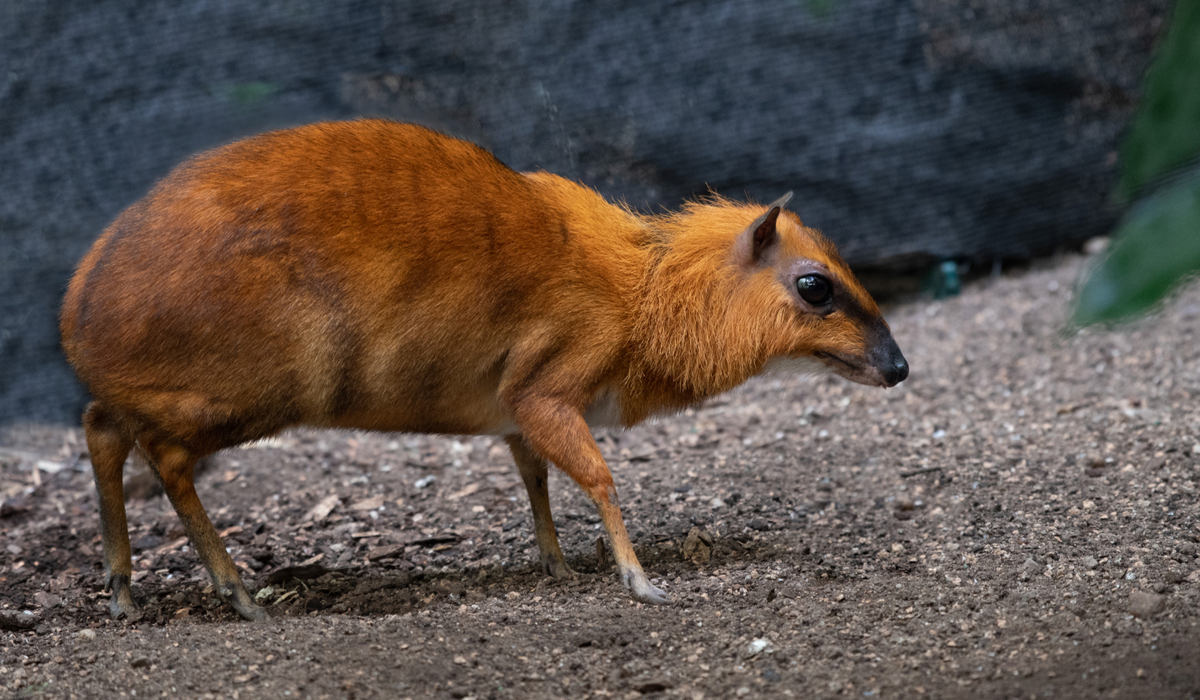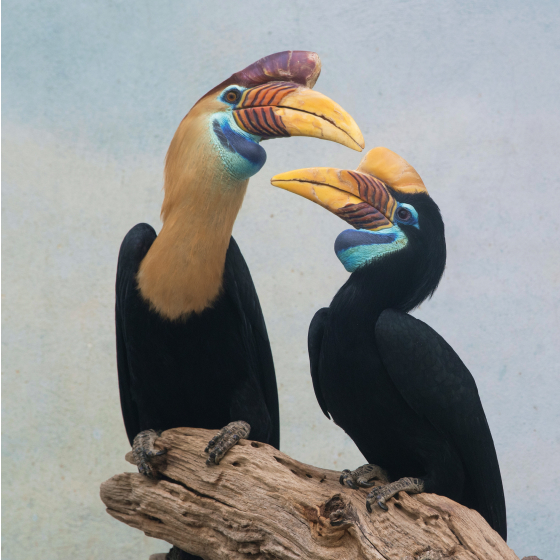World of Birds
Description
Schedule
Open year-round.
Please note – last entry to this exhibit is 30 min prior to park closing.
Admission
Included with all tickets.
Accessibility
-
Steep Hill
-
Touch Exhibit
-
Wheelchair Accessible


Bee-Eaters
The bee-eater exhibit is the first you’ll encounter when you enter World of Birds. It’s home to our two species of bee-eaters – white-throated and white-fronted. Native to Africa, these birds enjoy a variety of insects every day.
A Place for Birds
First opened in 1972, World of Birds covers 30,000 square feet. Inside, ramps lead visitors through habitats from all over the world–deserts, rainforests with waterfalls and simulated storms, forests, and more. Angled skylights provide natural light for the birds and also the living plant species used to recreate their natural habitats.


Right at Home
The World of Birds features several open exhibits, allowing visitors to observe the birds in large spaces that feature no glass or mesh barriers. The light, plants, murals, and sculptural elements provide safe and nurturing environments for the birds, and transport visitors to wild habitats around the world.
In the Exhibit

Andean Cock-of-the-Rock
Andean cock-of-the-rocks live in the Andes Mountains from Venezuela to Bolivia. Males, like the one seen here, are brightly colored while females are brownish orange.

Maleo
These birds, found only on the island of Sulawesi, don’t incubate their eggs using body heat. They rely on heat from thermal vents or sun-warmed sand to incubate their eggs.

Ocellated Turkey
These turkeys are native to the Yucatan peninsula and other areas of Central America. They are one of only two species of turkey in the world – the other is North America’s wild turkey.
More Animals in World of Birds

NICOBAR PIGEON

SULAWESI KNOBBED HORNBILL

SOUTHERN BALD IBIS
Get more out of your zoo visit
Become a WCS Member today and begin a year of adventure at the Bronx Zoo, Central Park Zoo, Queens Zoo, and Prospect Park Zoo. Book a Wild Encounter for a personal meeting with your favorite animals and the keepers who care for them.



